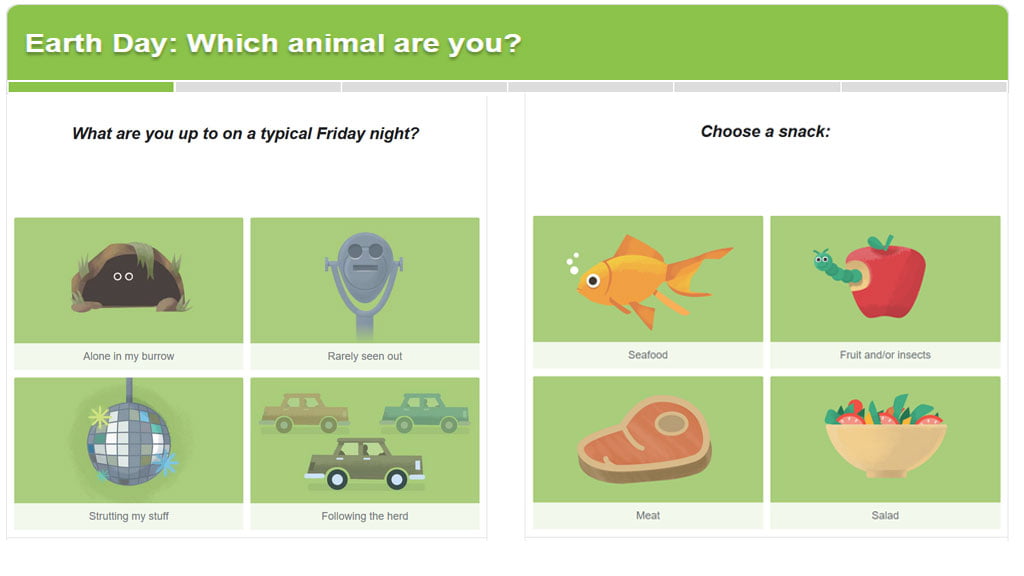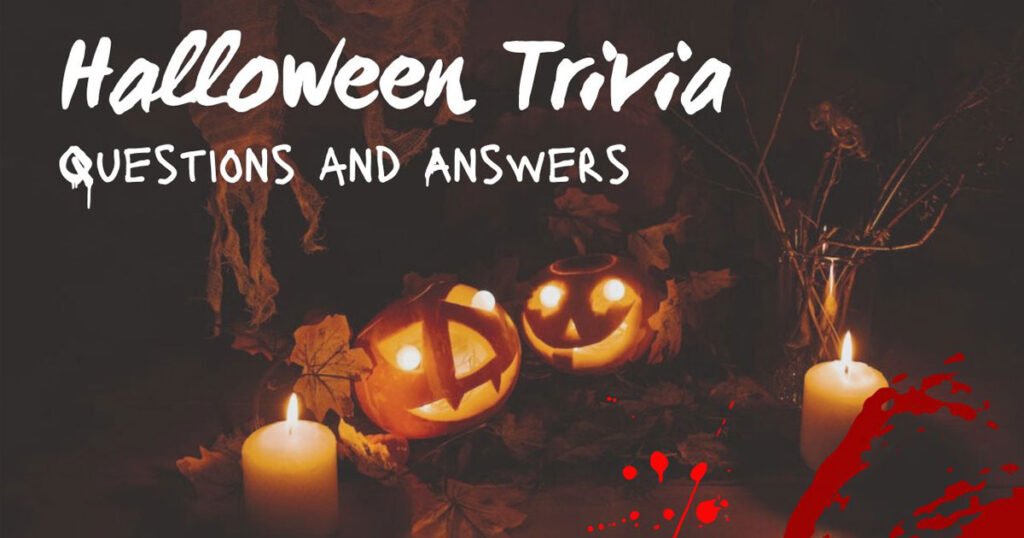The periodic table is one of the most iconic tools in science, especially chemistry. It’s a universal reference for understanding how elements behave, bond, and react with one another. But how much do you really know about it? In this article, we’ll dive into fun, fascinating, and educational trivia questions and answers centered around the periodic table.
What is the Periodic Table?
The periodic table is a tabular display of all known chemical elements organized by increasing atomic number (the number of protons in an atom’s nucleus). Each row is called a period, and each column is a group or family, often reflecting similar chemical properties.
Table: Structure of the Periodic Table
| Part of Table | Description |
|---|---|
| Periods | Horizontal rows (7 total) |
| Groups | Vertical columns (18 total) |
| Blocks | Divided into s, p, d, and f blocks |
| Main Elements | Groups 1-2, 13-18 |
| Transition Metals | Groups 3-12 |
| Lanthanides and Actinides | Separated at the bottom |
Importance of the Periodic Table
The periodic table is not just a chart; it’s a predictive tool. Scientists can predict how elements will react based on their positions. For instance, noble gases (Group 18) are known for being inert, while alkali metals (Group 1) are highly reactive.
Key Points:
- Helps chemists understand trends.
- Assists in predicting reactions.
- Fundamental in educational systems worldwide.
Periodic Table Trivia Questions and Answers
Here is a list of 101 Periodic Table Trivia Questions and Answers, organized in sets of 10 per category. Each question follows the format you specified.
General Periodic Table Knowledge
Q: Who created the first version of the periodic table?
A: Dmitri Mendeleev
Q: What does the periodic table organize elements by?
A: Atomic number
Q: What is the total number of periods in the periodic table?
A: 7
Q: What is the total number of groups in the periodic table?
A: 18
Q: What is the first element on the periodic table?
A: Hydrogen
Q: What is the last element in the current periodic table?
A: Oganesson
Q: What is the name given to the horizontal rows in the periodic table?
A: Periods
Q: What is the name given to the vertical columns in the periodic table?
A: Groups
Q: Which group of elements is known as noble gases?
A: Group 18
Q: What is the main factor that determines the chemical properties of an element?
A: Number of valence electrons
Element Symbols
Q: What is the chemical symbol for Iron?
A: Fe
Q: What is the chemical symbol for Gold?
A: Au
Q: What is the chemical symbol for Potassium?
A: K
Q: What is the chemical symbol for Sodium?
A: Na
Q: What is the chemical symbol for Mercury?
A: Hg
Q: What is the chemical symbol for Silver?
A: Ag
Q: What is the chemical symbol for Tin?
A: Sn
Q: What is the chemical symbol for Lead?
A: Pb
Q: What is the chemical symbol for Copper?
A: Cu
Q: What is the chemical symbol for Zinc?
A: Zn
Atomic Structure
Q: What subatomic particle determines the atomic number?
A: Proton
Q: Which particle has a negative charge?
A: Electron
Q: Which particle has no charge?
A: Neutron
Q: Where are electrons found in an atom?
A: Electron cloud or orbitals
Q: What is the mass number of an atom equal to?
A: Protons + Neutrons
Q: Which two particles are found in the nucleus?
A: Protons and Neutrons
Q: What does the atomic mass represent?
A: The average mass of an element’s isotopes
Q: What is an isotope?
A: Atoms of the same element with different numbers of neutrons
Q: What is an ion?
A: An atom with a net electrical charge
Q: Which particle is responsible for chemical bonding?
A: Electron
Metals, Nonmetals & Metalloids
Q: Which side of the periodic table contains most of the metals?
A: Left side
Q: Are metals typically good conductors of electricity?
A: Yes
Q: Are nonmetals usually brittle or malleable?
A: Brittle
Q: Which elements have properties of both metals and nonmetals?
A: Metalloids
Q: What is the most reactive nonmetal?
A: Fluorine
Q: What group do alkali metals belong to?
A: Group 1
Q: What group do alkaline earth metals belong to?
A: Group 2
Q: What group do halogens belong to?
A: Group 17
Q: Which element is a metalloid used in computer chips?
A: Silicon
Q: Which metal is liquid at room temperature?
A: Mercury
Periodic Trends
Q: What periodic trend increases from left to right across a period?
A: Electronegativity
Q: What periodic trend decreases down a group?
A: Ionization energy
Q: What periodic trend increases down a group?
A: Atomic radius
Q: What periodic trend decreases across a period from left to right?
A: Atomic size
Q: Which element has the highest electronegativity?
A: Fluorine
Q: Which element has the lowest ionization energy?
A: Cesium
Q: What happens to metallic character as you go down a group?
A: It increases
Q: What happens to nonmetallic character as you move from left to right across a period?
A: It increases
Q: Which trend describes the energy required to remove an electron?
A: Ionization energy
Q: Which trend describes the tendency of an atom to attract electrons?
A: Electronegativity
Rare and Synthetic Elements
Q: What is the heaviest naturally occurring element?
A: Uranium
Q: Which element is used in nuclear reactors and bombs?
A: Plutonium
Q: What is the atomic number of the man-made element Californium?
A: 98
Q: Which synthetic element is named after a scientist and has the symbol Lr?
A: Lawrencium
Q: Which rare earth element is used in strong magnets?
A: Neodymium
Q: What is the atomic number of Oganesson?
A: 118
Q: Which radioactive element was discovered by Marie Curie?
A: Polonium
Q: What synthetic element is named after Albert Einstein?
A: Einsteinium
Q: Which synthetic element is symbolized as Rf?
A: Rutherfordium
Q: What group does element 117 (Tennessine) belong to?
A: Halogens
Discoveries and History
Q: In which century was the periodic table developed?
A: 19th century
Q: Who is considered the “father of the periodic table”?
A: Dmitri Mendeleev
Q: What unique approach did Mendeleev use to arrange elements?
A: By increasing atomic mass and chemical properties
Q: What did Mendeleev leave gaps for in his table?
A: Undiscovered elements
Q: Which element was named in honor of Mendeleev?
A: Mendelevium
Q: What contribution did Henry Moseley make to the periodic table?
A: He arranged it by atomic number
Q: Which element was discovered in the Sun before it was found on Earth?
A: Helium
Q: What was the first element discovered using spectroscopy?
A: Cesium
Q: Which element was discovered by Hennig Brand while searching for gold?
A: Phosphorus
Q: Who discovered the noble gases?
A: Lord Rayleigh and William Ramsay
Element Uses in Real Life
Q: Which element is used in batteries and has the symbol Li?
A: Lithium
Q: Which element is essential for making steel?
A: Iron
Q: Which noble gas is used in balloons?
A: Helium
Q: Which element is used in fluorescent light bulbs?
A: Mercury
Q: Which element is commonly used in wiring due to high conductivity?
A: Copper
Q: What element is found in table salt?
A: Sodium
Q: Which element is used in toothpaste to strengthen teeth?
A: Fluorine
Q: What element is used in firework colors such as red?
A: Strontium
Q: Which element is used to disinfect water?
A: Chlorine
Q: Which element is vital for life and found in hemoglobin?
A: Iron
Fun and Unusual Facts
Q: What is the only letter not found in any element symbol?
A: J
Q: Which element has the longest name?
A: Rutherforium
Q: Which element has the shortest name?
A: Tin
Q: Which element’s name comes from the Greek word for “stranger”?
A: Xenon
Q: Which element is named after the planet Uranus?
A: Uranium
Q: Which element has the same name as a country?
A: Francium
Q: Which element was named after the creator of the periodic table?
A: Mendelevium
Q: Which two elements are liquid at room temperature?
A: Mercury and Bromine
Q: Which element is named after a famous science fiction planet?
A: None officially, though some names like Krypton have pop culture links
Q: What is the only metal that is liquid at room temperature?
A: Mercury
Group and Block Classification
Q: What block does Helium belong to?
A: s-block
Q: What group is known as the transition metals?
A: Groups 3–12
Q: What are the elements in the f-block commonly called?
A: Lanthanides and Actinides
Q: Which elements are included in the p-block?
A: Groups 13–18
Q: Which group contains the most reactive metals?
A: Group 1 (Alkali metals)
Q: Which block contains nonmetals, halogens, and noble gases?
A: p-block
Q: What group do elements like Fluorine and Chlorine belong to?
A: Group 17 (Halogens)
Q: Which block has elements with partially filled d-orbitals?
A: d-block
Q: What is another name for Group 1 elements?
A: Alkali metals
Q: What is another name for Group 2 elements?
A: Alkaline earth metals
Historical Background
The first version of the periodic table was developed by Dmitri Mendeleev in 1869. He arranged elements based on atomic mass and noticed repeating trends or periodicity. Interestingly, he left gaps for undiscovered elements and predicted their properties accurately.
Did You Know?
- Mendeleev’s table included 63 known elements.
- He predicted germanium, gallium, and scandium before they were discovered.
Element Symbols and Atomic Numbers
Learning the symbols and atomic numbers is critical in chemistry. Here are some of the most commonly used elements and their info.
Table: Common Elements
| Element | Symbol | Atomic Number |
| Hydrogen | H | 1 |
| Oxygen | O | 8 |
| Carbon | C | 6 |
| Nitrogen | N | 7 |
| Iron | Fe | 26 |
| Gold | Au | 79 |
| Silver | Ag | 47 |
Periodic Trends
There are several recurring trends in the periodic table:
Atomic Radius
- Decreases across a period
- Increases down a group
Ionization Energy
- Increases across a period
- Decreases down a group
Electronegativity
- Fluorine has the highest electronegativity
- Trends help predict bonding behavior
Table: Periodic Trends Overview
| Trend | Across Period | Down Group |
| Atomic Radius | Decreases | Increases |
| Ionization Energy | Increases | Decreases |
| Electronegativity | Increases | Decreases |
The Role of Lanthanides and Actinides
These two rows, often placed at the bottom, are f-block elements. They include rare earth metals and radioactive elements.
Lanthanides:
- Used in electronics and strong magnets
Actinides:
- Mostly radioactive
- Includes Uranium and Plutonium, essential for nuclear power
Strange Facts About the Periodic Table
- Gold (Au) and Silver (Ag) symbols come from Latin names.
- Helium was first discovered in the sun’s spectrum before it was found on Earth.
- The only letter not used in any element symbol is ‘J’.
How to Memorize the Periodic Table
There are fun ways to remember:
- Mnemonics (e.g., “Hi He Likes Beer But Could Not Offer Full Nine Soup” for first 10 elements)
- Periodic table songs
- Flashcards and apps
External Resource: Royal Society of Chemistry Periodic Table
Applications in Real Life
- Medicine: Elements like iodine, iron, and calcium are essential for health.
- Technology: Silicon is vital in electronics.
- Industry: Aluminum, copper, and zinc have widespread industrial use.
FAQs About Periodic Table Trivia Questions
Q1: What’s the heaviest naturally occurring element?
A1: Uranium
Q2: What is the most abundant element in the universe?
A2: Hydrogen
Q3: Which gas is used in balloons?
A3: Helium
Q4: Which element has the atomic number 79?
A4: Gold (Au)
Q5: What does the periodic law state?
A5: Properties of elements repeat periodically when arranged by atomic number
Q6: Which element is essential for respiration?
A6: Oxygen
Q7: Which element is liquid but a metal at room temperature?
A7: Mercury
Q8: What is the only metal that’s liquid at room temperature?
A8: Mercury
Q9: What element makes up most of the Earth’s crust?
A9: Oxygen
Q10: What’s the rarest naturally occurring element?
A10: Astatine
Conclusion
The periodic table is more than just a scientific chart; it’s a fundamental tool for understanding the universe at the atomic level. Whether you’re a student, teacher, or just curious, learning about the elements, their properties, and their trivia can deepen your appreciation for the building blocks of everything around us. Dive into these facts, quiz yourself or your friends, and uncover the magic hidden in those rows and columns.



